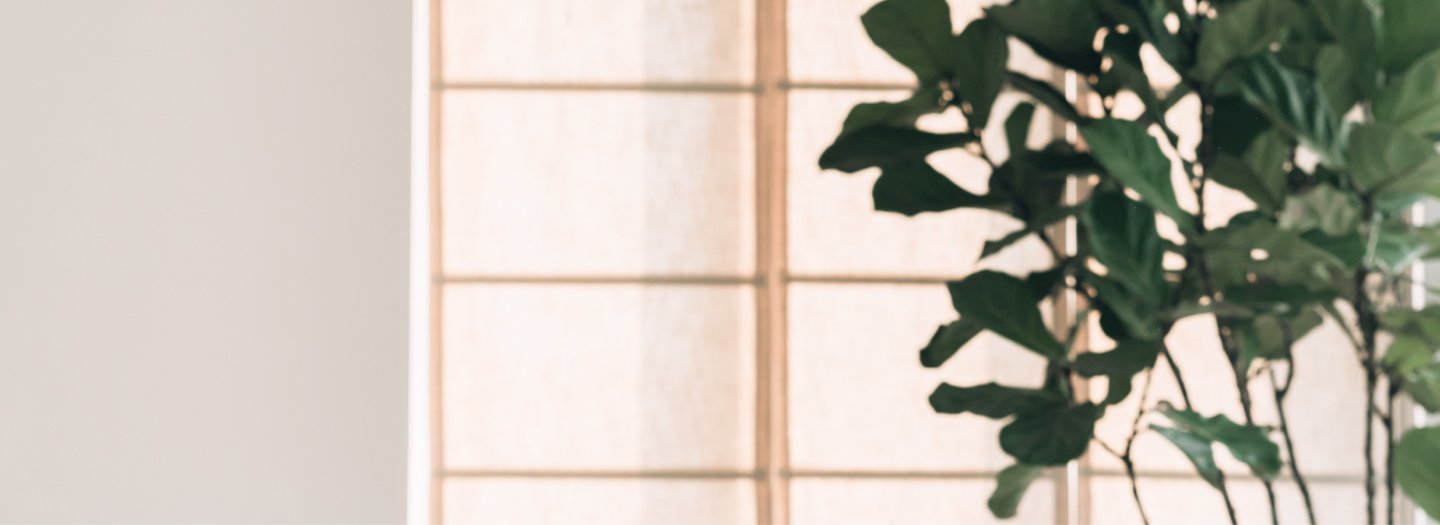
An overview of Dr. Ida P Rolf
Dr. Rolf’s Ten Session Series
The Ten Session Series offers a framework to understand and address the fascial network's complexities. It includes three phases: three sleeve sessions, four core sessions, and three integration sessions, each aimed at improving breathing and structural alignment. This journey involves assessing your body to identify restrictions and understand your physical experiences, fostering awareness of joint discomfort and limitations. Engaging in this series promotes improved body awareness and overall well-being, guiding you toward physical harmony and functionality.
Sleeve Sessions (First-Third).
Improve Breathing (Ribcage, Upper Thigh, Spine, Hamstrings, optional arms)
I will concentrate on your breathing. Certain areas on your body can tighten, limiting your ability to breathe and move. I will monitor your breathing and notice the differences between your shoulders, hips, and thighs. If necessary, I can offer up to two breathing sessions before we proceed to the next treatment session.
Support For Calves, Ankles, and Feet (All Arches)
I will focus on your shins and feet. This session will help you feel more grounded for better support. I'll improve the function of your toes, ankles, and the area below your kneecap to make walking easier.
Open The Sides Of The Body From Head To Ankles.
I will work on both sides of your body to create more space from front to back and help align your structure from your head to your heels, following the natural pull of gravity.
Core Sessions (Fourth-Seventh)
Link Lower Body To Core (Feet, Ankles, Shins, Calves, and Thighs)
We have finished the sleeve sessions, and I will now start Core Session four. This session will focus on the inner lower body, from the feet to the inner thighs and hips. We will work on lifting the legs to strengthen the pelvic floor muscles, reduce leg strain, support the organs, and engage the deep muscles in the pelvic area.
Link Upper Body To Core (Stomach)
Session five builds on the lift from session four and focuses on the front of the spine. A key muscle is the psoas, a deep hip flexor that connects the leg to the lower back. I will address this area and check for tightness in your abdomen, chest, and front neck to stretch the entire front of your body, from superficial to deep.
Open The Back (Upper And Lower Back)
Session six targets the deep muscles linking the calves to the back. I will work on the back from the lower to the upper spine, enabling your legs, pelvis, and spine to move independently.
Orient The Head On The Spine (Upper Back, Neck and Head)
Session seven focuses on the head, neck, and face. I will work on your cervical spine and head to improve relaxation and ease tension.
Integration Sessions (Eighth-Tenth)
Body Connection: Lower and Upper Parts
After finishing the core sessions, the integration sessions will focus on the middle layer of fascia. You will need to participate more by actively moving your joints or being mindful of your breathing. Before each session, I will identify whether you need to work on the upper or lower body based on my assessment of any restrictions to help improve your movement and comfort.
Continuation of Integration from Session Eight
Session nine focuses on integrating the work done in session eight. If session eight targets the body above the pelvis, session nine will focus on the area below the pelvis. Alternatively, session eight can also address areas below the pelvis, setting up session nine for work above that region.
Whole-Body Integration
This is the final session of the Rolfing Ten Series. In this session, I will use gentle techniques to address restrictions that affect healthy movement in your joints.
“In Structural Integration, we expect to give a cycle of 10 sessions. There is a reason for this. We are not dealing with local problems. We are not dealing with the kind of thing that you can say, ‘Well, I fixed that, that’s all.’ We are dealing with an intent to make a body more secure, more adequate within the field of gravity. This requires that muscles be balanced, and need to be balanced around a vertical line. And when I talk about balancing muscles, I’m talking about balancing the right side against the left side. About balancing the front of the body against the back of the body and, finally, about balancing the innermost muscles against the outermost, the inside against the outside, this is the most important of these balances, and we start from the outside working in, and it takes ten hours before we can get to the place where we can really balance the outside against the inside.”
–Ida P. Rolf, Ph.D.

